Recent Articles
Popular Makes
Body Types
2016 Honda Fit Road Test and Review
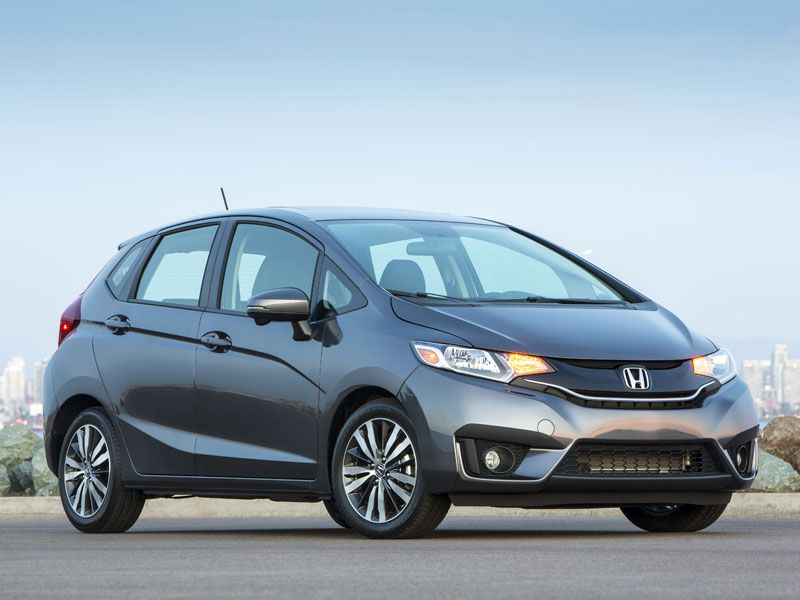
2016 Honda Fit ・ Photo by Honda
The 2015 model year saw a complete redesign for the Honda Fit, with the versatile subcompact becoming bigger, more powerful and more fuel-efficient than the previous generation, all at the same time. In fact, the new model was so impressive that the 2016 Honda Fit carries over essentially unchanged. On the other hand, it continues to showcase plenty of advantages against the competition—especially when it comes to the factors most customers look for in small cars, including high levels of fuel economy and relatively roomy cabins. The Fit is fun to drive, too, so owners can still enjoy a little excitement to go with the car's excellent credentials for customer utility. The Fit also fits most budgets.
Pricing
The 2016 Honda Fit has an MSRP of $15,890, which, to be sure, is a bit more than most rivals. But that said, the Fit has more standard equipment, like a rearview camera system. That technology is so important that it will become mandatory for all new cars in this country beginning in 2018, and unlike some rivals, Honda hasn't waited. The automaker provides a multi-angle camera setup with guidelines for the 2016 Fit. Also unexpectedly standard on the entry-level Fit are LED taillamps and Bluetooth connectivity. Shoppers also should be aware that Honda only charges an $800 premium for the Fit's CVT transmission. Competitors from Chevy and Hyundai require at least $1,000 for an automatic transmission, while the automatic Toyota Yaris costs more than the Honda despite relying on an old-school 4-speed gearbox.
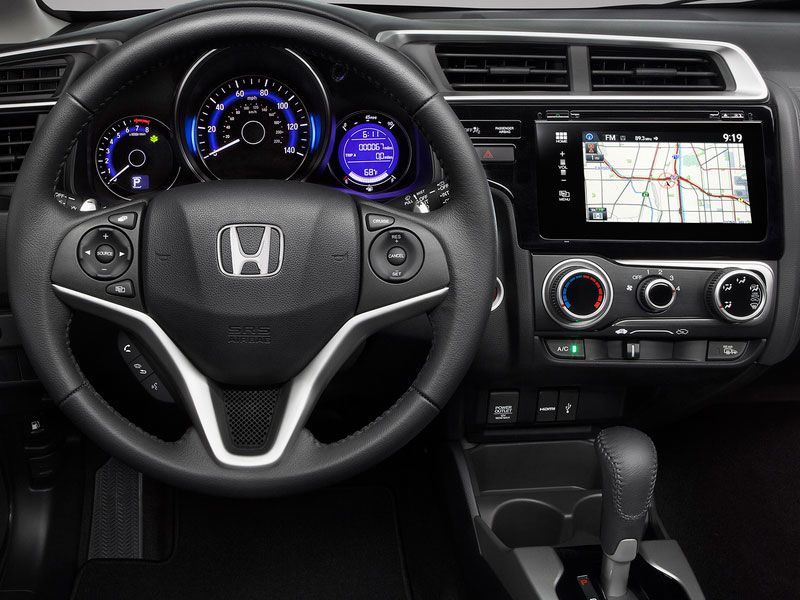
Trim Levels
Customers can choose from three different trim levels for the 2016 Honda Fit. The not-so-basic basic model is the LX trim, and it's already well equipped with a filtered air conditioning system, cruise control, a multi-function steering wheel, and a USB-enabled audio system. As a result, the Fit has many of the modern-day must-haves that most customers need right out of the box. The EX ups the ante with a next-generation HondaLink infotainment system with a 7-inch touchscreen, along with the LaneWatch blind-spot monitor and push-button start. For lux cues, the EX-L provides heated front-row seats, leather-trimmed seating, heated exterior mirrors and more. This range-topping trim also can add the latest Honda Satellite-Linked Navigation System, complete with voice recognition and Honda HD Digital Traffic.
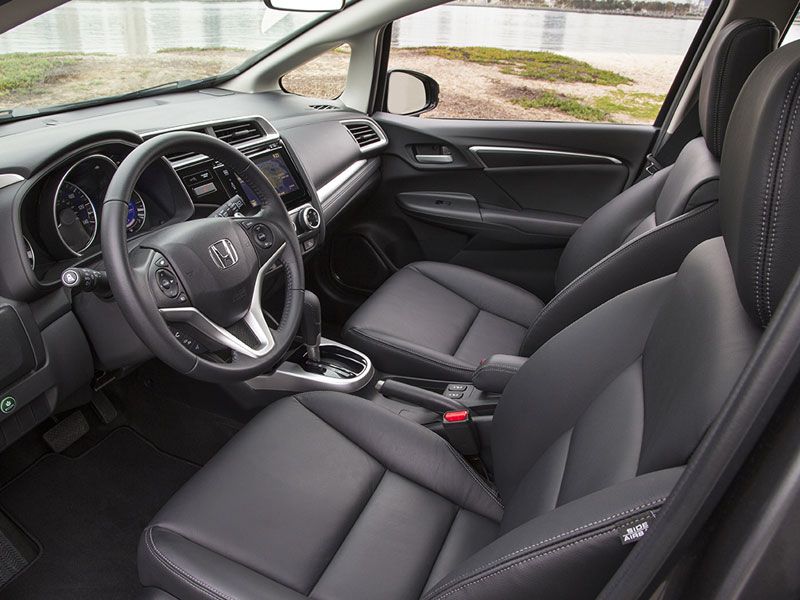
Powertrain, Performance and Efficiency
The 2016 Honda Fit then leverages the automaker's Earth Dreams powertrain technology to give nightmares to its competition: The Fit's standard 1.5-liter engine serves up 130 horsepower and 114 lb.-ft. of torque, as well as EPA grades as high as 33 mpg city/41 mpg highway/36 mpg combined with a CVT (and 29/37/32 with a 6-speed manual). Cars like the Toyota Yaris and Nissan Versa Note can't crack 110 for either measure, and the Yaris and Ford Fiesta also come up well short of 40 mpg highway with their standard engine and automatic transmissions. True, the most fuel-efficient Fiesta does squeeze out a few more MPG, but it does so with a 3-cylinder engine and a 5-speed manual transmission.
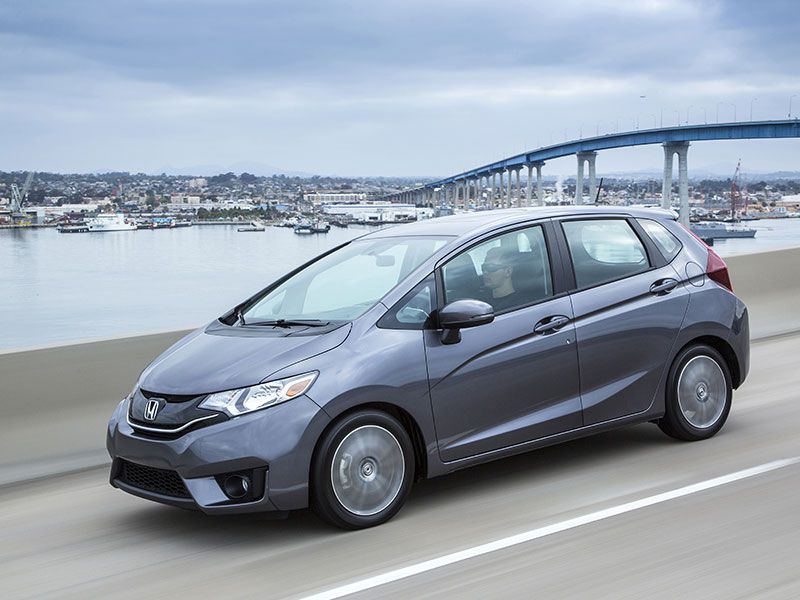
Photo by Honda
Exterior Design and Lighting
Subcompact hatches can be as small as the Toyota Yaris' 155.5 inches, and as long as the 163 inches of the Nissan Versa Note, and the 2016 Honda Fit, at an even 160 inches, is right about the same size as the Hyundai Accent or Ford Fiesta. Designers further went to great lengths to supply the Fit with sporty accents, including its prominent lower-front air intake, available 17-inch alloy wheels and sculpted fog-lamp pockets. Meanwhile, a standard rear spoiler finishes off the car's roofline. Also distinguishing the Fit are the two character lines on its flanks, a straight one on top that extends from the standard LED taillights and a subtly curved, carved-out wrinkle that flows toward the rear wheels.
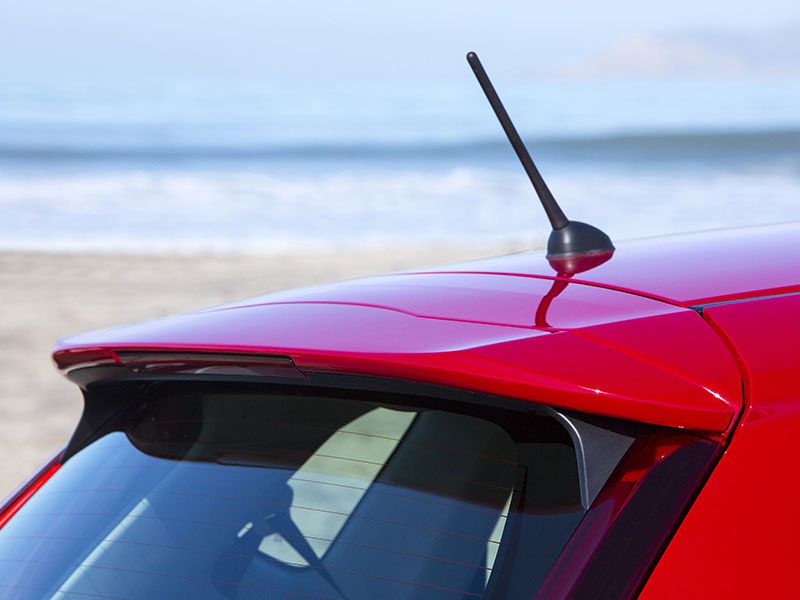
Interior Design and Capacities
It's in the cabin where customers will find perhaps the biggest benefits with the 2016 Honda Fit. More specifically, they'll find up to 52.7 cubic feet of cargo space. It's a massive amount, especially for a subcompact car, and compares to smaller alternatives such as the Ford Fiesta (25.4 cubic feet) and Nissan Versa hatch (38.3 cubic feet), among others. The Fit also makes the most of that space with a Magic Seat second row that delivers dedicated cargo modes for long items, up to 7 feet, 9 inches, in length, as well as tall ones of up to 4 feet in height. The rear of the Fit also works fine for passengers, who get 39.3 inches of back-seat legroom.
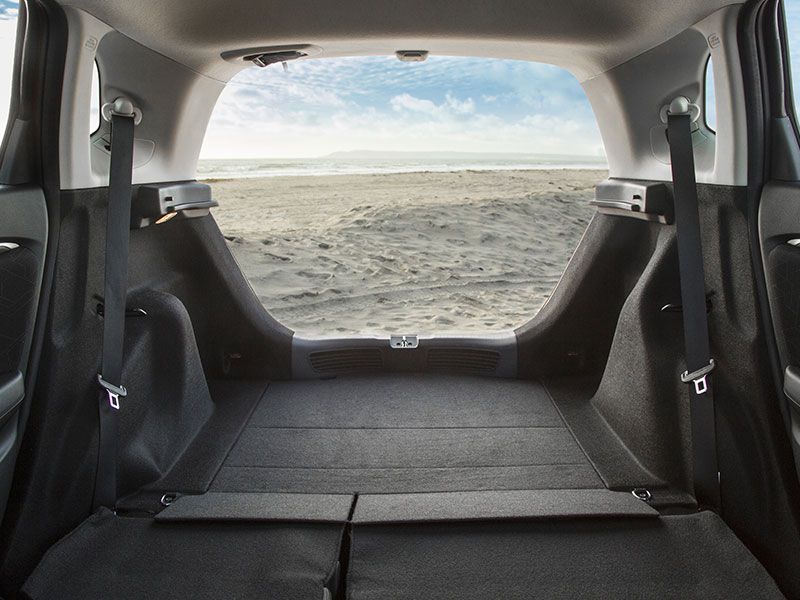
Infotainment and Audio
The standard infotainment resources for the 2016 Honda Fit are a 4-speaker, 160-watt sound system with a 5-inch LCD screen and a USB interface, and there's Bluetooth connectivity for both hands-free calling and audio streaming. Of course, the brand also has its next-gen HondaLink technology available for the Fit, which means access to cloud-based mobile apps. Notably, Honda's navigation app can be purchased for the system, allowing drivers to access a full range of nav functions without having to pay for a fully integrated setup—although the Fit does furnish the latter, with an available Satellite-Linked Navigation System with voice recognition and Honda HD Digital Traffic service. Apple enthusiasts additionally welcome Siri Eyes Free integration for on-the-road access with compatible iPhones.
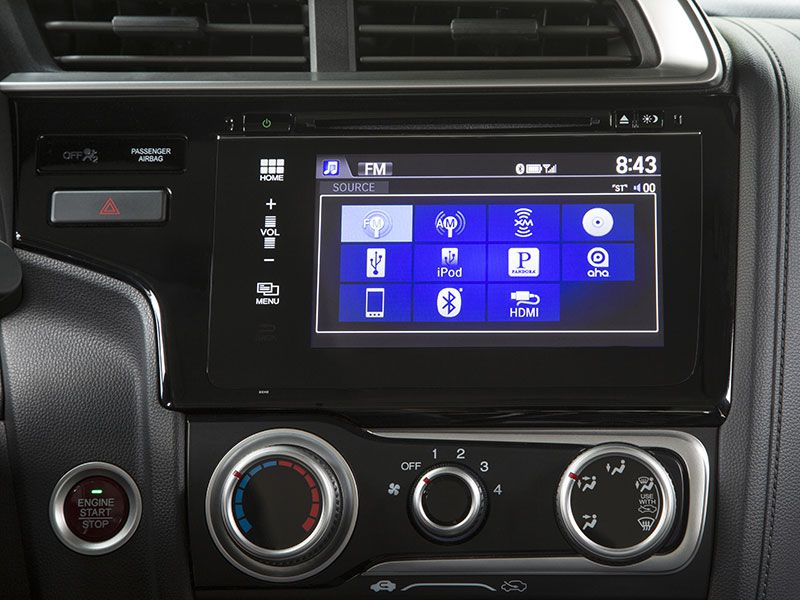
Safety Technology and Ratings
The 2016 Honda Fit has earned a 5-Star Overall Safety Score from NHTSA—not all of its rivals can say the same thing. Indeed, the Ford Fiesta, Hyundai Accent and Toyota Yaris are all 4-Star performers—with NHTSA noting specific "safety concerns" in the Ford and Hyundai—and the Nissan Versa hatch was not even tested. The Fit also features not only a standard rear-vision system, but the exclusive Honda LaneWatch technology. This uses a camera mounted in the passenger-side exterior mirror, with a wide-angle video feed being sent to the Fit's audio display screen. Per Honda, LaneWatch enables an 80-degree field of view that's some four times greater than in a typical passenger-side mirror. Also on board: standard SmartVent front airbags.
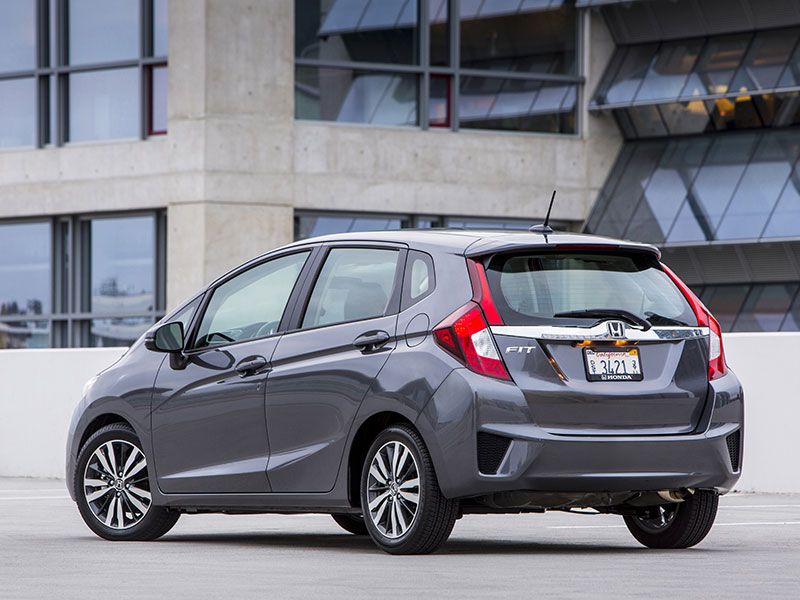
Photo by Honda
Other Cool Features
Sometimes it's the details that make the difference, and such is surely the case with the 2016 Honda Fit. For example, thanks to an HDMI input for the Fit's up-level infotainment system, owners can even watch video playback on the vehicle's 7-inch display screen (but only when the transmission is in park). And the Fit's athletic orientation also gets an unexpected boost from a standard front stabilizer bar and, for its available CVT, a dedicated sport mode with seven selectable shift points and dual-mode paddle shifters.
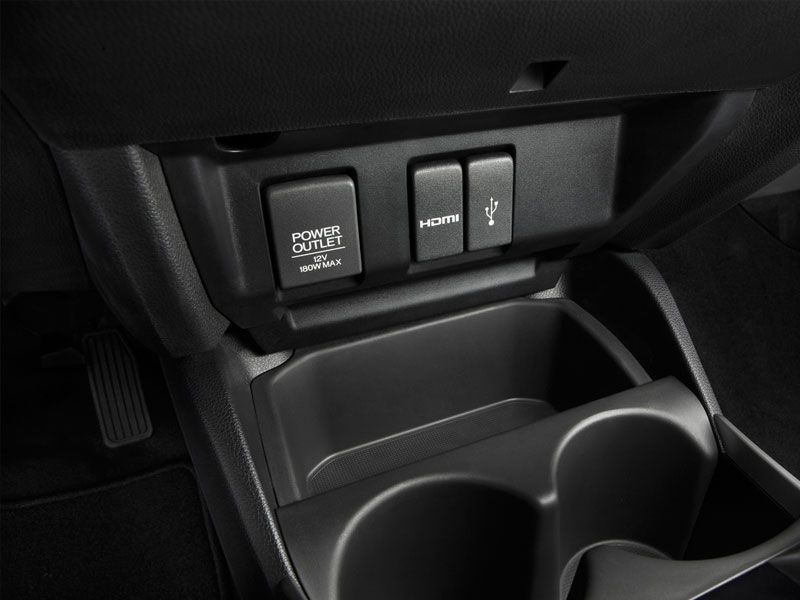
Final Thoughts
Though there are some subcompact cars with (much) higher sales numbers than the 2016 Honda Fit, it's hard at first glance to see why: After all, the Fit furnishes one of the best all-around combinations of storage space, fuel economy, passenger protection and performance in its class. So why the disparity between quantity and quality? Autobytel experts point to the Fit-based HR-V, which offers many of the same benefits as the hatchback, but in a crossover-lite configuration.
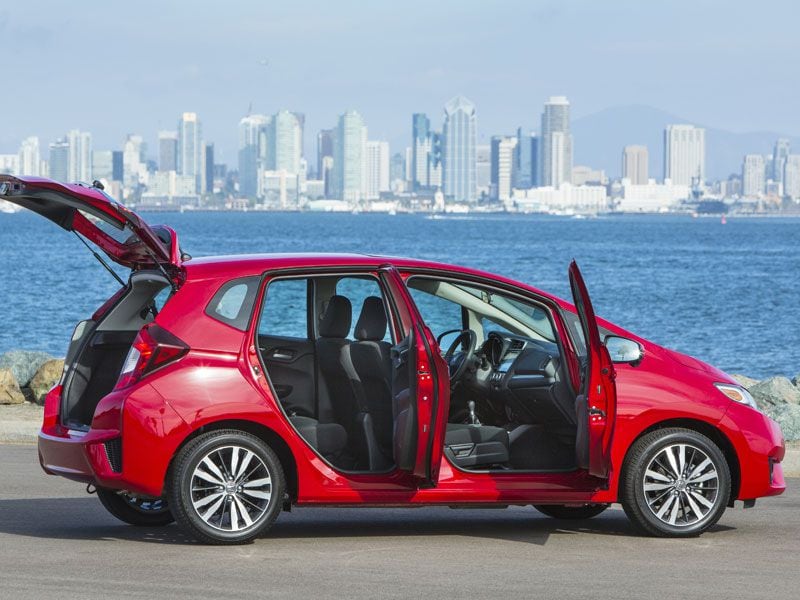
Photo by Honda